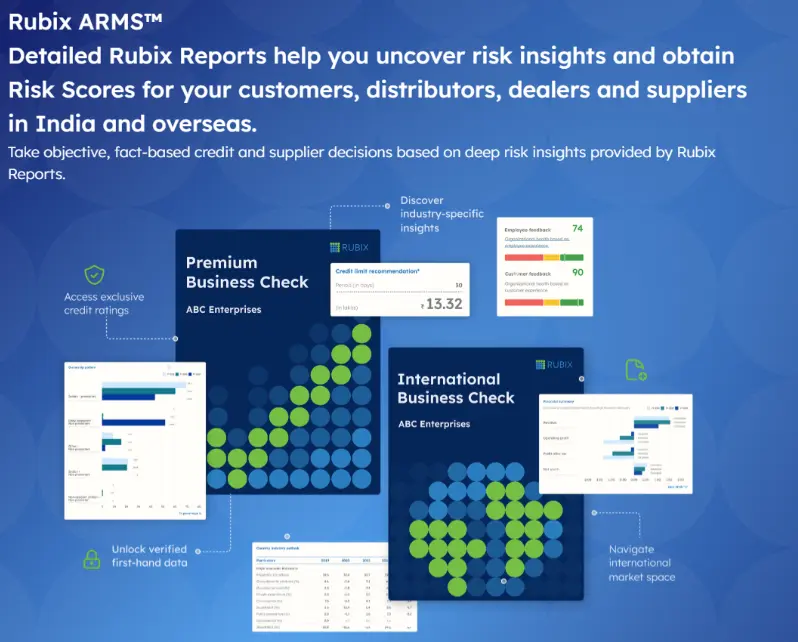Many functional heads view the CFO as a daunting figure. Not surprising, since it is the CFO’s task as the financial conscience-keeper of the company, to ask the tough questions on revenues and costs. Often, functional heads may also not have the same understanding of the relationship between the company’s vision and the CFO’s financial strategy. Each function also typically has a narrower focus – e.g. Marketing and Sales are top-line oriented, while Procurement is cost-oriented, and hence they may miss the bigger picture that the CFO has. Sometimes, functional heads just may not have the same comfort with numbers, since their core tasks require different kinds of skills.
Enough has been written about how the different functions can interact more gainfully with CFOs. Many companies also proactively organize training programs like ‘Finance for non-finance executives’ to make people in functions like Marketing, Procurement and Manufacturing more comfortable with Finance and Financial Strategy. What can also really help companies is when the Finance function develops a better understanding of how other functions work.
Equally, for a CFO, a deeper view of how other functions work is a great opportunity to align all of them more easily to the overall corporate strategy. This is especially required in functions where measurement metrics are not linear. For instance, investments in R&D, Product Design, Advertising, and Training are typical problem areas, where only a nuanced view of areas like Product Development, Marketing, and HR can help a CFO to make sense of what is a cost and what is an investment. A better understanding allows Finance to not just ask the right questions, but also to suggest interventions that will make life easier for everyone.
One way is to expose everyone in the finance functions to workshops like ‘Marketing for non-Marketing executives’ or ‘How to understand MSME mindsets’ etc., or encourage market visits, supply-chain partner interactions, and cross-functional projects. A more powerful way is to introduce financial tools and processes that make life easier for the functions, even while benefitting the entire company.
Here’s an example:- Cashflow pressures force Sales teams to spend far more time chasing collections, rather than on pushing sales. Once a CFO becomes aware of this, they can work with the Sales team to quickly assess missed top-line opportunities that could accrue from better focus, or potential cost reductions because of fewer personnel required if individuals spent more time on selling rather than on collections. The CFO could then introduce an efficient Receivables Financing program that would create a win-win for everyone concerned.
Similarly, since CFOs have an aerial view of the entire supply chain, they can easily see the relationship between inward raw material supplies and outward shipments. They can assess the opportunity costs of these delays, which may not be apparent to the Procurement team. Procurement teams come into the limelight (or firing line!) only when supplies are delayed. But when a CFO initiates the right Payables Financing programs, the Procurement team can get more leverage with suppliers. This could also include Early Payment programs that can result in discounted buying prices and higher profitability.
Some of these programs require working with the Technology team and external Fintech partners. Here again, the CFOs wisdom can drive better results by being the bridge between implementation and end-user. For instance, finance programs often come undone because MSME vendors and partners do not have the tech resources to use them efficiently. The CFO can play a critical role here in connecting the dots between finance, technology, and human insight.








